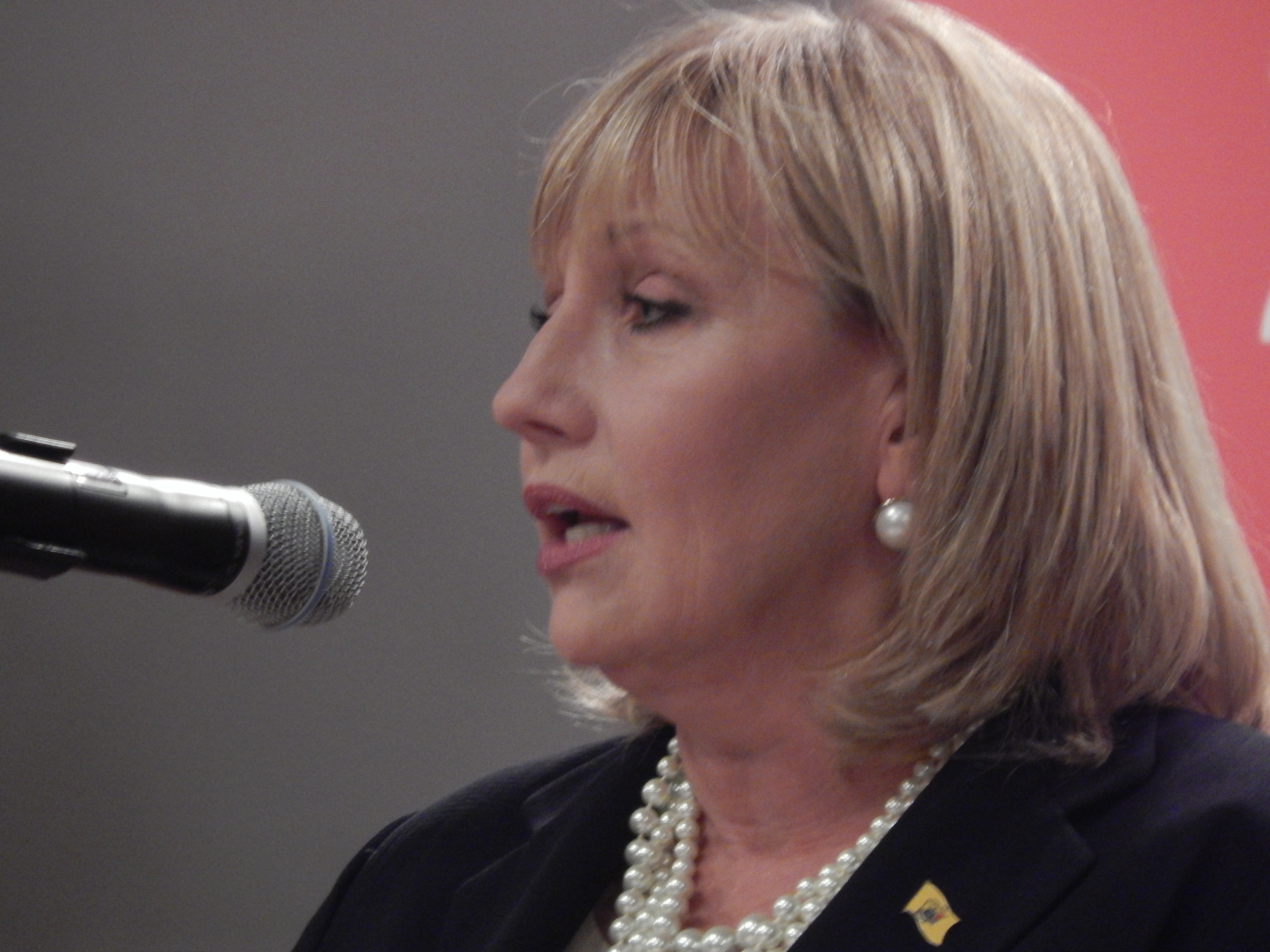The Other Crisis: NJ Ranks 5th in the COVID Spike in Hungry Kids – InsiderNJ

As we mark the one-year mark of the pandemic and a half million lost to COVID, with close to 30 million infected with the life-threatening virus that’s known to linger, there’s an urge to get euphoric with reports that deaths and infections are declining.
At his Feb. 8 press briefing NJ.com reported New Jersey Gov. Phil Murphy said the state’s dashboard indicators were pointing “in the right direction” adding, that if the trends continued, “we can again look to additional steps to further reopen our economy.”
He went on to say that “ensuring the stability of our hospitals has far and away been the most pressing reasons behind the steps” his administration had taken because the state “could not allow our hospitals to get to a point where they were overloaded and unable to care for everyone.”
Yet, there is every indication that while our hospitals may be on the other side of the COVID crisis that risked them being “overloaded and unable to care for everyone” hundreds of thousands of our households with children are not.
They are going to need a lot more than a vaccine and a mask to navigate what comes next.
With a state death toll of well over 20,000 and close to three quarters of a million COVID cases in our state, its easy to miss the devastating knock-on effect the virus and economic shutdown has had on our most vulnerable families with children.
Appreciating that is critical right now as New Jersey’s Congressional delegation helps the Biden administration craft the fine print for the long anticipated $1.9 trillion COVID relief bill.
According to Feeding America, the nation’s largest network of food pantries, New Jersey has seen one of the most dramatic spikes in the number of children that are food insecure in the nation.
With a 75 percent increase in hungry kids from 2018 to the end of 2020, we rank fifth, behind only North Dakota, Massachusetts, Colorado and Idaho in terms of the rate of increase in hungry children.
In real numbers that means close to a quarter of a million of our kids, or one in nine are worried about their next meal.
When you take a more granular look county by county, the stats are even more alarming and need to inspire a call to action.
In Atlantic County, according to Feeding America’s data, the percentage went from 17.1 percent in 2018 to 35.5 percent in 2020, or more than one in three. Cumberland and Cape May also posted alarming increases, closing in on a one in three ratio.
In northern New Jersey’s urban corridor: Essex, Hudson and Passaic all saw a significant surge in child food insecurity where during COVID almost one in four children became food in secure. Yet, even in historically more financially secure counties we have seen an exponential increase, with Bergen going from 7.1 percent in 2018 to 16.7 percent in 2020 and Morris County shooting up from 6 percent to 14.2 percent.
Throughout this pandemic even the state governments like ours, that tried to stay ahead of the virus, found itself in reactive mode.
Comparisons are often made between our current economic crisis and that of the Great Recession and the Great Depression. But those analogies don’t account for the reality that our current crunch is playing out amidst a once in a century mass death event that in New Jersey alone is likely to leave hundreds of thousands of COVID survivors with long term health issues that will range from chronic to disabling.
And that reality, when combined with the major realignment of so much of the economy which has already eliminated millions of jobs, requires we zero in on a family-based reset that uplifts children so we can limit the generational consequences of our systemic neglect.
We need more reporting like NJ Patch reporter Carly Baldwin’s Feb. 19 dispatch about an eight-year-old Monmouth County third grader who is evidently one of our 220,000 kids who have a hard time concentrating on their schoolwork because they are hungry.
“It was mid-December, and students in a class of Monmouth County third-graders were at their home computers doing online learning,” writes Baldwin.
Baldwin continues. “That was when the teacher noticed one of the girls, 8, kept fidgeting. She could not seem to sit still or pay attention. The teacher told her to focus, and the girl abruptly started crying. Her cries turned to sobs; she could not stop crying on the Zoom call.”
“That was when the girl made a stunning confession, in front of her whole virtual class: She was starving. There wasn’t enough food in her home and she was really, really hungry.”
Baldwin got that anecdote from Kim Guadagno (pictured), the former New Jersey lieutenant governor and Republican gubernatorial candidate, who now leads Fulfill, a food bank that serves Monmouth and Ocean counties.
“It turns out the girl’s mother lost her job when all the restaurants shut down in March. She hasn’t been able to work since March, and she does not qualify for unemployment or benefits,” Guadagno told Baldwin. “Can you imagine the trauma this little girl was going through to burst into tears and say this in front of a whole class of her peers?”
As it turns out doing right by all of our kids, no matter where they live or where their parents are from, turns out to be another way to jump start the economy in the short term even as we make a long-term commitment to all their wellbeing.
According to Feed America, for every dollar we spend on Food Stamps (aka SNAP) we generate a $1.70 in economic activity.
(Visited 36 times, 36 visits today)
